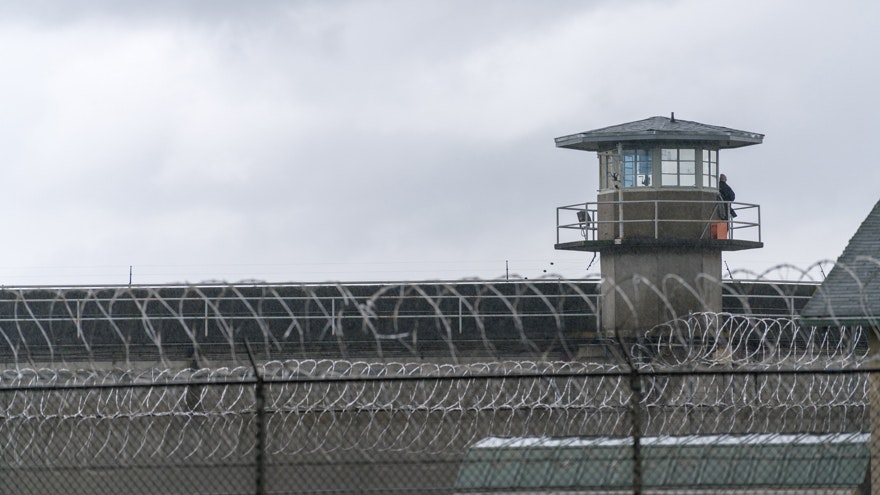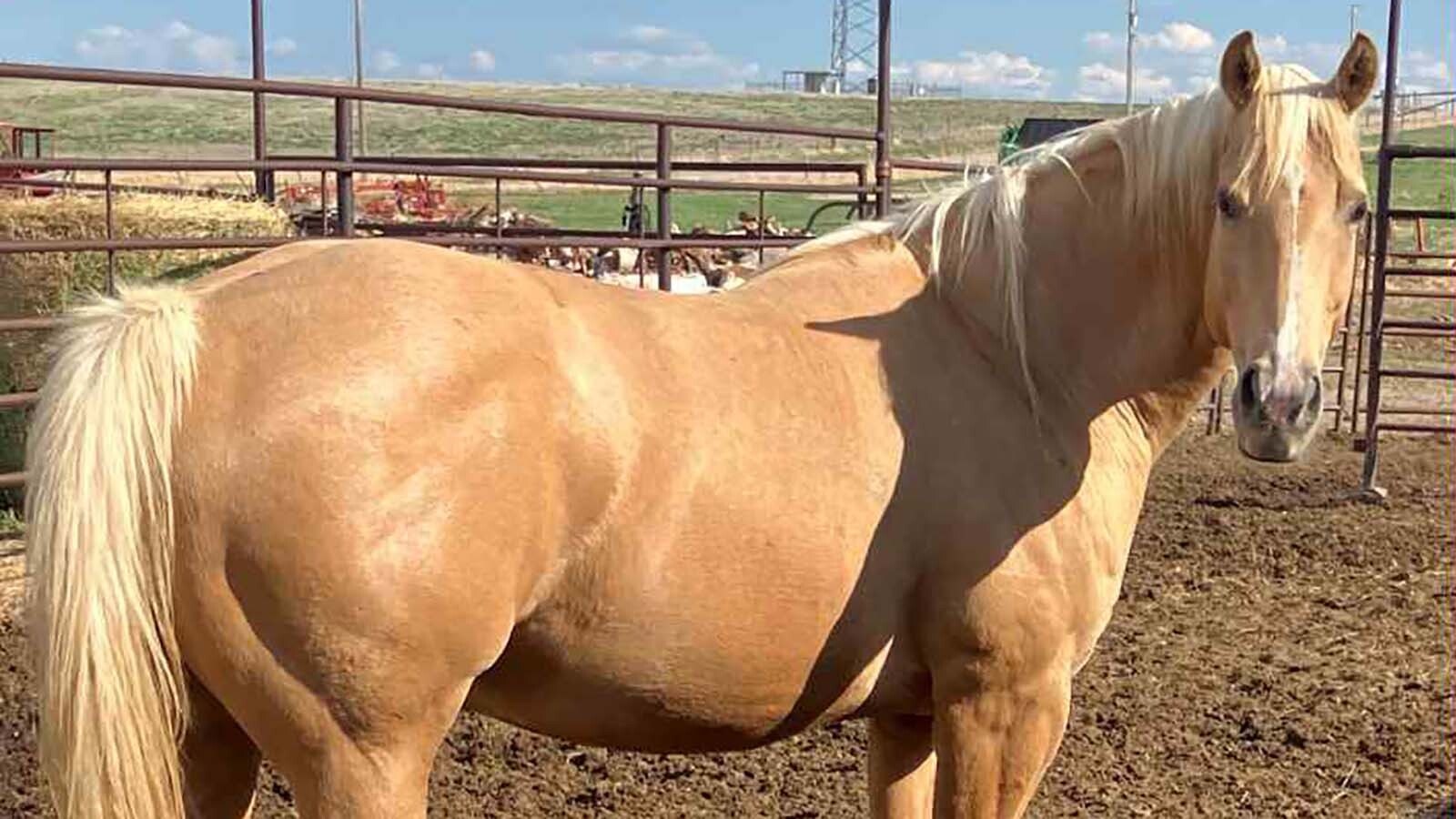By Carrie Haderlie, Rawlins Times
RAWLINS — After a month and a half of restricted activity and an ultimate lockdown because of a COVID-19 outbreak at the Wyoming State Penitentiary, inmates and their families are concerned about conditions inside the correctional facility.
Sylvia Brown’s husband is an inmate at the prison, and she said she has had no contact visits with her husband since March. She has had three video visits in the past six months, and days go by where she does not hear from her husband. In normal times, he might call multiple times a day.
“My husband has not seen sunlight or fresh air in a month and a half,” Brown said, adding that he was transferred to the Penitentiary from the Honor Farm four or five months ago.
“Before, he was out of his cell, in the community. He was able to call — we have five children, and he was able to call us multiple times a day,” Brown said. “All the sudden, things just stopped.”
According to Michael Harlow, the warden at the Penitentiary, inmates are on lockdown but are let out of their cells once a day for 15 minutes for a phone call or a shower. If they shower on Monday, Wednesday and Friday, they get a phone call on Tuesday and Thursday. Occupants of one cell, or two inmates, are let out at a time, cycling through the inmates in the facility all day.
In a letter to the Rawlins Times dated Aug. 18, an inmate named Christopher R. Hicks said the current affairs at the Wyoming State Penitentiary are “not well.”
“WSP’s reasoning and philosophy is to lock every inmate down with their celly (other housed inmate in the same cell) and only let us/them out 15 minutes whenever administration deems it safe,” Hicks wrote. “I do see and recognize their attempts and good intentions to prevent the spread of Covid-19, but everything is backwards here.”
The only way for prisoners to get infected, he wrote, is if staff bring the virus into the prison, which has already happened.
“Prison is a petrie (sic) dish. Once one person has it it will spread like wildfire until it’s properly dealt with or runs its course in the population,” Hicks said. “At this rate we will all have had it before an effective vaccine will be FDA approved for administration (and the last ones given that will be prisoners).”
Brown said she is concerned about a lack of access to services available to inmates during regular times.
“My husband is enrolled in a treatment program, and he has not been to a class in a month and a half,” Brown said. “My husband needs this help so he can come home and be rehabilitated, and be a member of society. Right now he is not getting that at all.”
Brown said she would be screened or tested for the coronavirus in order to visit her husband, or would appreciate more video visits. Harlow said that the prison hopes to ease lockdown conditions as soon as possible, but must see a decrease in positive cases before that can happen.
“There are rumors that they won’t allow visits until next year. That will be a whole year before my kids have seen their dad,” Brown said. “He is already being punished, and I feel like now he is being punished double time for something he has no control over or responsibility for.”
Wanda Bertram, a spokesperson with the Prison Policy Initiative, said that while her organization does not have any “best practice” recommendations for mitigating the effects of COVID-19 in a prison setting because depopulating prisons is the best way to reduce spread, she does advocate for masks and frequent and universal testing. She also suggested that existing technology be used for programming, video visits and other services usually available in person.
“There are many, many states that already have (relationships) with companies that produce tablet computers that allow people in prisons to do things like video chat with their families,” Bertram said. “Up until this point, they could be used to enrich the telecom provider by charging inmates to access services like texting or email, video calling or other kinds of entertainment programming.
“But there is nothing that says that states that have those things available, that they cannot use them to make therapeutic programming available to incarcerated people who have to stay in their cells most of the day,” Bertram said.
The Prison Policy Initiative advocates for decreasing the prison population across the nation. According to data collected from December of 2019 to May of 2020, Wyoming did the least of any state to decrease its prison population, reducing its number by 50 people.
“In a time when it is clear that the most effective way for states to reduce the spread of COVID-19 behind bars is to reduce the number of people within the facility, when it is clear that is a much more effective way of protecting incarcerated people and correctional staff from the spread of this virus, it is just unacceptable that Wyoming is doing so little,” Bertram said.
Michael Pearlman, communications director for the Office of Governor Mark Gordon, said the Governor’s Office has had preliminary discussions with the Department of Corrections about early release of prisoners should the need arise.
“However, given that the Rawlins facility is not overpopulated at this time, and the DOC has a well-developed plan for quarantine and isolation, we have not had to address the idea. In fact, the state recently brought back all inmates that were housed in out-of-state facilities,” Pearlman said.
The Governor is monitoring the outbreak at the state penitentiary and believes the DOC is taking appropriate steps to address the situation, he continued.
“We have a robust testing program in place throughout all our facilities and will continue to direct resources there as needed,” he said.
But other states have identified medically vulnerable inmates, or people who would be eligible for parole very soon, for early release, Bertram said.
“In North Dakota, a state with a small prison population like Wyoming’s, they are on the higher end of the spectrum when it comes to actions they have taken to depopulate their prisons during the pandemic,” she said.
North Dakota enhanced its criminal justice reforms, which were in place before the pandemic, increasing commutations and clemency. The North Dakota parole board granted between 100-200 parole applications in March alone, Bertram said.
“If you have parole boards that are willing to and able to expedite hearings during this pandemic, you are in a much better position to lower the prison population,” she said. “There are all sorts of elements to a lockdown that make prison life absolutely brutal, and it is not ok. People don’t realize inmates are people who are just like me and you. Even if you can identify with someone who is in prison, you can probably identify with someone who has a loved one in prison, and that is a lot of people.”
Hicks has much simpler suggestions.
Perhaps, he wrote, the staff could allow inmates to disinfect their own pods during inmate counts five times a day, and then let them out in small groups for more than 15 minutes. Adding disinfectants at every communal area, including exercise equipment and the telephones, could help keep the facility clean, and inmates are willing to do the cleaning, he wrote.
“I suggested having inmate deep cleaning /sanitation crews to scrub the pod,” Hicks wrote. “Locking us up and throwing away the key is not the answer when there are 10 better answers.”





